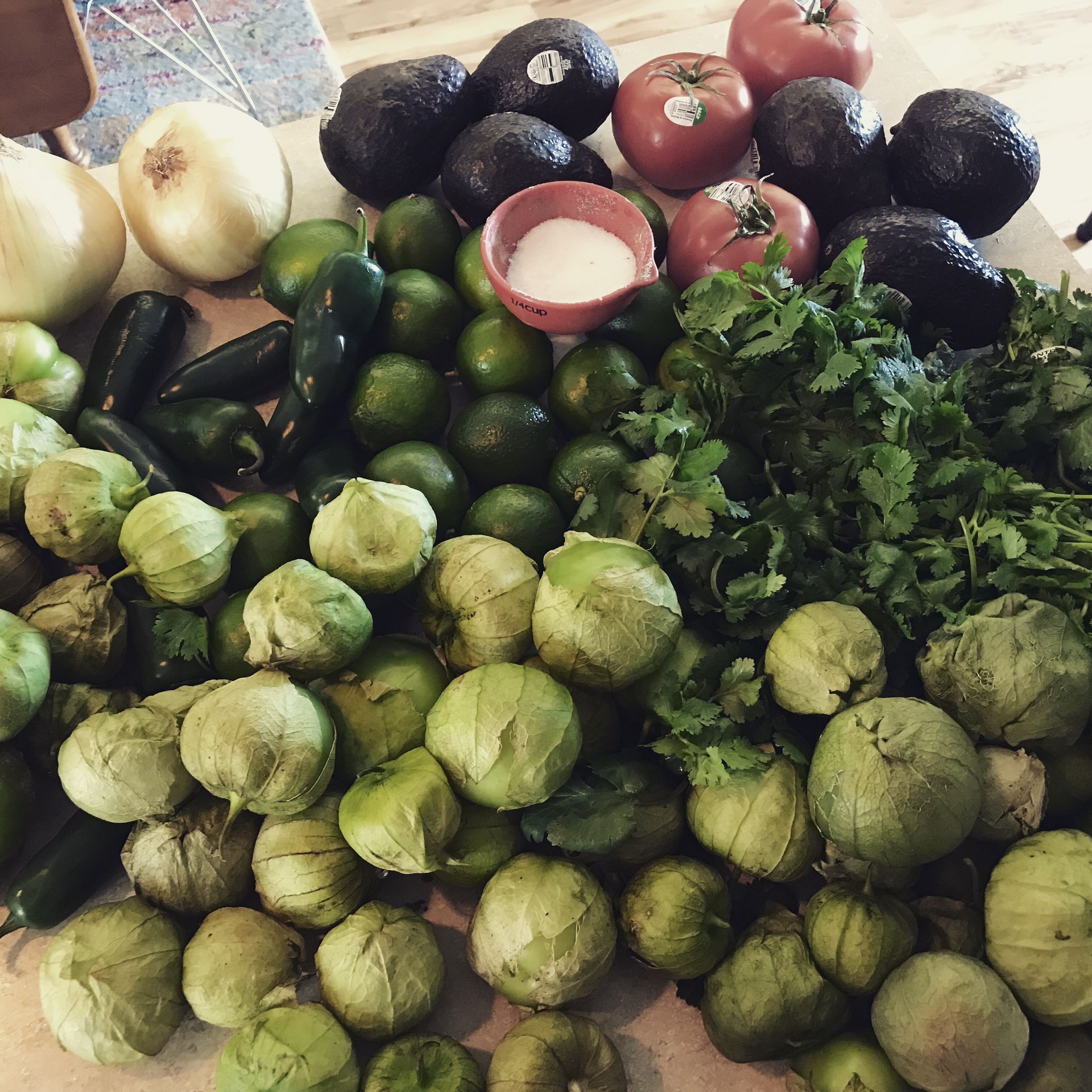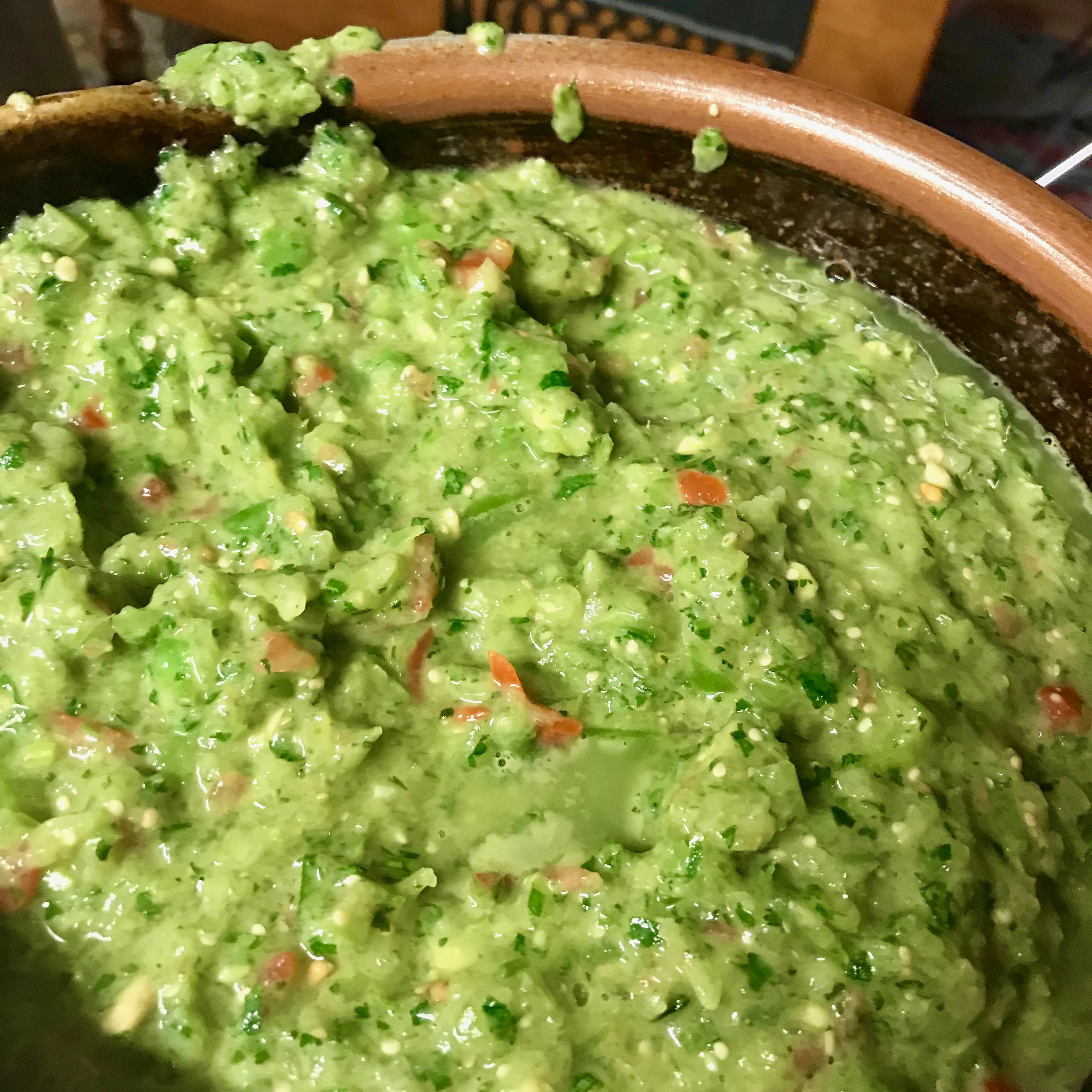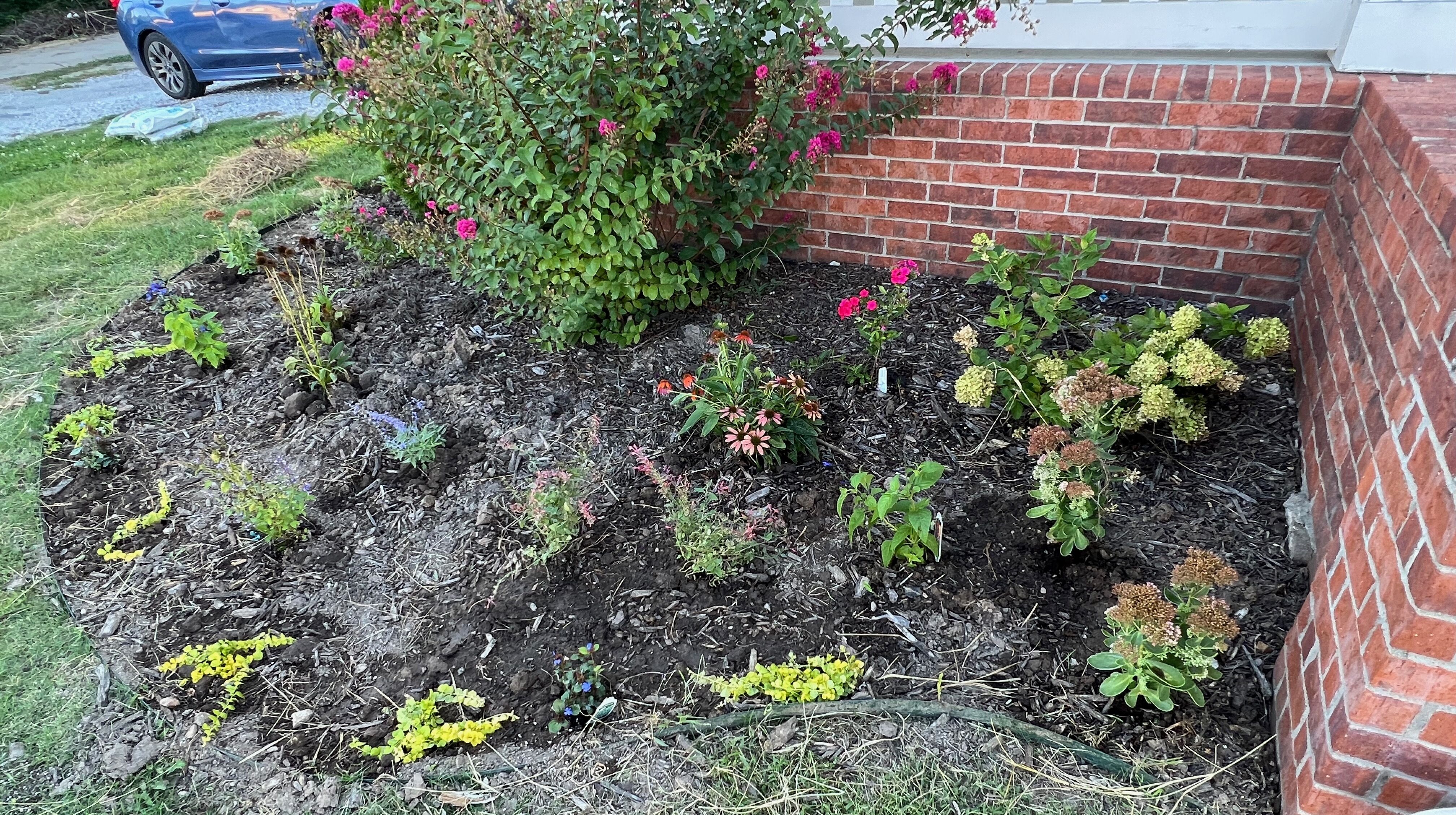Recipe for an Unanticipated Thanksgiving Casserole
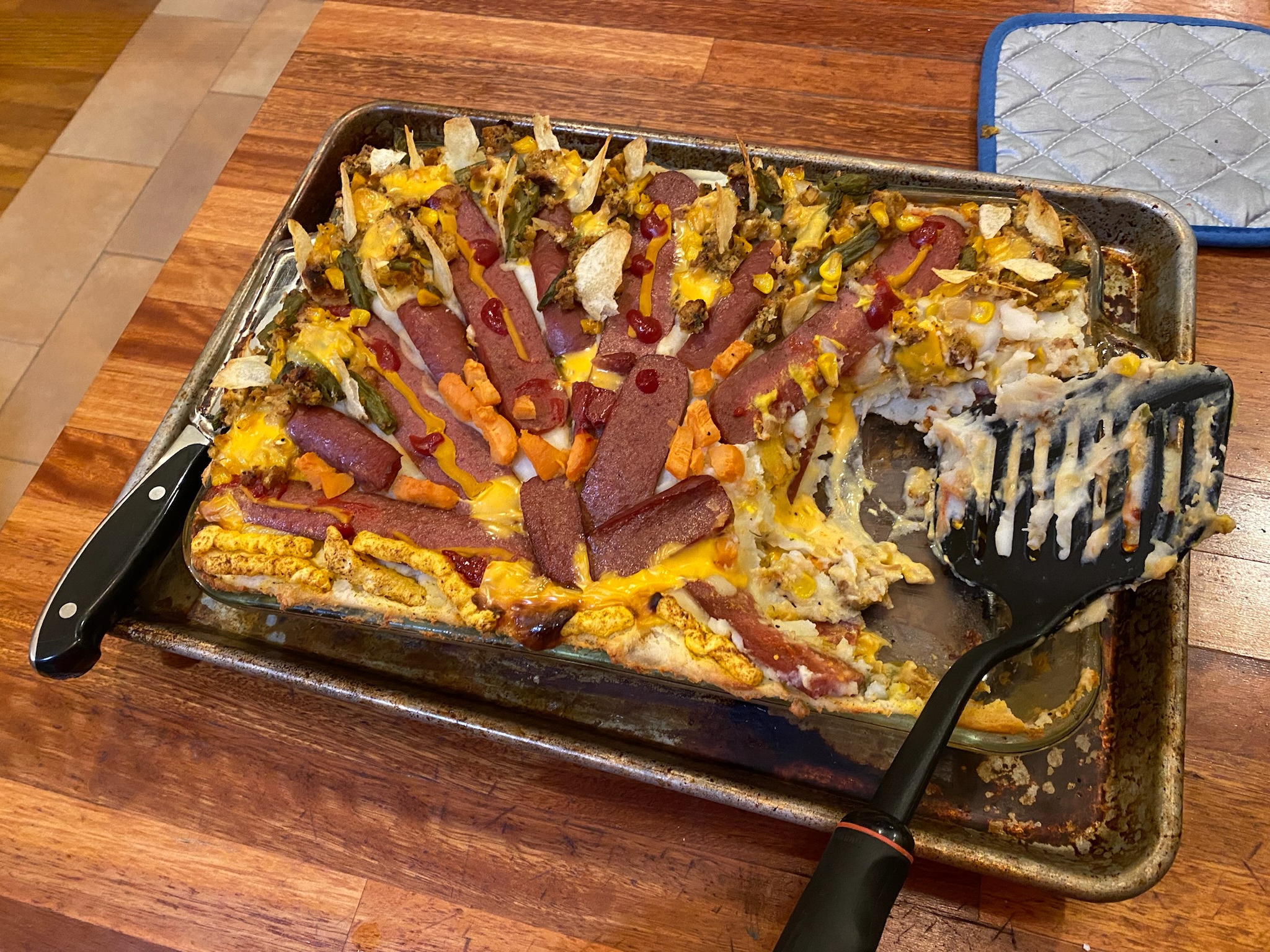
This is not the recipe I intended to write for the Thanksgiving season. My intention was to write a thoughtful meditation on the culinary journey of learning to nixtamalize corn for tortillas: part guessing game, part careful measurement, part witchcraft. A chemical powder is involved. Lots of intuitive guessing. Pots sit out overnight even though your logical mind is just screaming at you about botulism. Then there’s some manual corn-grinding labor. All to produce the kind of tortilla that hipsters pay the big money to inhale.
But thoughtful corn tortillas were not what happened on Thanksgiving.
Not even close.
(Hear fireworks, car alarms, a distant tornado, the rumble from your worst colorectal humbling.)
Instead I give you…UNANTICIPATED THANKSGIVING CASSEROLE.
Ingredients:
- Cheetos, street corn-flavor (actually go Cheeto wild; it’s a mistake no matter the flavor you choose)
- Lay’s potato chips
- A pack of a hotdog situation (franks, brats, fuck-it; this thing will stand up to any tube meat selection; glory to tube meats)
- One can of green beans
- One can of corn
- One can of sweet yams (not the whole can, just some; we didn’t go whole-can hardcore)
- Kraft Singles (don’t skimp; get Kraft; it’s the casserole’s hidden jewel)
- A box of instant mashed potatoes
- An envelope/packet of instant garlic mashed potatoes
- A box of instant stuffing
- An onion
- At least four cloves of garlic (my minimum for all garlic measurements)
- Margarine (not butter, margarine; just like Mom used in the 80s)
- Lactose-free milk (we were not boundary-less)
- Mustard
- Ketchup
- Mayo (while documented in our ingredients photo, we did not actually use the mayo; I believe the creative chef will find a way to include it)
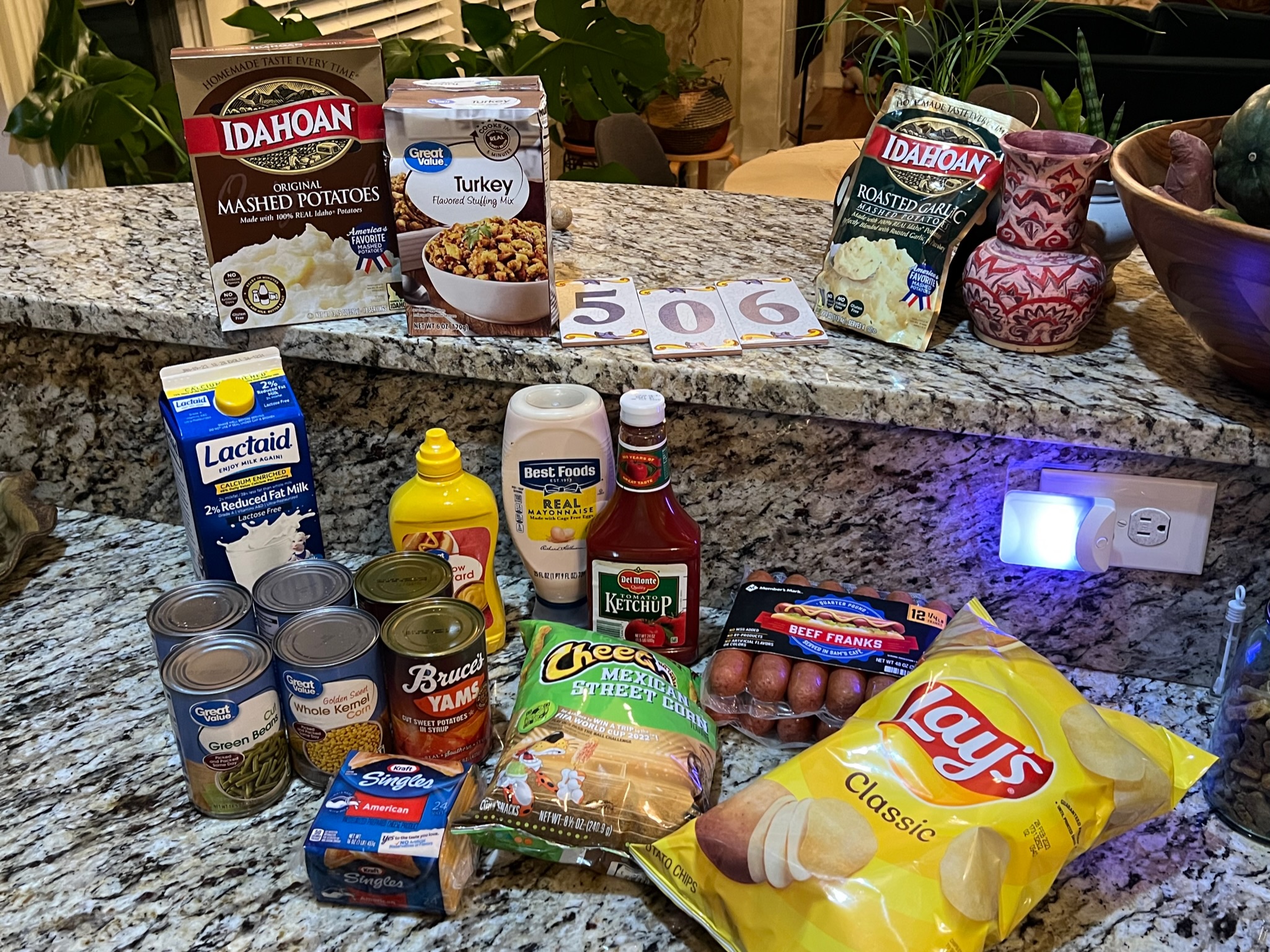
Time:
Working as a two-person team, this haute cuisine exploration took about 30 minutes of prep time, plus whatever time your inner artist needs for layering and decorating your masterpiece. Then add at least 30 minutes in the oven, but know that around 30, the Cheetos really burn.
So in total, one hour, not bad for Thanksgiving dinner.
Now preheat your oven to 375.
Now, are the foods from this ingredient list what I normally eat? No. More pointedly, are they foods that my economic privilege allows me to avoid consuming or consume only when I’m jonesing for a Kraft single or a microwaved hotdog? Yes.
Step One: Gather Your Ingredients
Now, let’s say you have an elaborate cooking plan for Thanksgiving. Let that go. Say goodbye. You’re fucking tired. You don’t have two days to do Thanksgiving-basic-prep-cook so that you can actually throw-down-cook on the official holiday. You have a grant to write, a piece of art to create, a video to edit. The house needs cleaning. You’re too tired to combat relatives and the dishes. You’re too tired to have a post-Thanksgiving hangover. There’s a meeting on Friday. A guest arrives on Saturday. A dinner party on Sunday. Anyway you’re not even sure how you feel about celebrating Thanksgiving because colonization and genocide. Plus, you’re behind in your viewing of Dragula. Instead, embrace a bag of free foods gifted to community members who attended a local church music recital. See what you can creatively concoct with its contents. Or maybe that’s not you, but it was definitely me on the run-up to Thanksgiving.
Now, are the foods from this ingredient list what I normally eat? No. More pointedly, are they foods that my economic privilege allows me to avoid consuming or consume only when I’m jonesing for a Kraft single or a microwaved hotdog? Yes. However, did I happily and gratefully gobble up these kinds of processed foods all the time as a kid or as a low-on-funds adult? Yes. And now do I feel all kinds of complex shame and delight and gigglejoy and food-industry-distrust in relation to lots of these ingredients? Also yes. Did Justin and I go ahead and purchase additional ingredients for the casserole mix that weren’t in the gifted bag, ingredients like Cheetos, Lays, Kraft Singles, hot dogs, mayo, ketchup, and mustard? Also hell yes. You can cook creatively regardless of where you sit in the industrialized food chain. Adding two kinds of chips to a casserole is a choice you can joyfully make. Fuck it, I will always alway love Cheetos. Anyway and finally, by placing all these ingredients into a single casserole, did it all lead to an epic and extended digestive meltdown at 3am? For sure hell yes. Totally worth it.
Look, I know this ingredient list is full of not-so-much nutrition. In particular, these foods are manufactured for those without the luxury of days to spend cooking a less-processed Thanksgiving dinner and for those without the economic prerogative to anxiously watch a waiting list to see if a local, farm-raised, bespoke turkey will finally become available. But as it turns out, contemplating food systems, my personal culinary history, and how my hours are both blessed and stretched was a useful rumination on the day our nation undertakes an annual celebration of its first manufactured food myth. As I contemplated its contents, a seemingly simple bag of food asked me to sit with our nation’s food history, not so different from its history-history. This bag of food reminded me of all the larger systems shaping my life, the systems that determined where I have landed and what actually nourishes me. (Not ideas I usually ruminate upon as I wield my mandoline to shave potatoes for my Thanksgiving sweet potato au gratin.) Sometimes a veritable cornucopia of nourishment for both mind and body comes from a gifted bag of processed food. Nourishment definitely comes from maniacally building an experimental casserole with a friend. Also Cheetos. Nourishment comes from Cheetos. Even though, again, Cheetos were a mistake to add to this casserole. But Cheetos aside, for me cooking the most perfect bespoke turkey would not have resulted in the thought or creativity catalyzed by this humble-and-yet-show-stopping casserole. I give thanks for the mental meanderings Unanticipated Thanksgiving Casserole birthed.
Step Two: The Mise En Place
You can freewheel your way through this.
Mostly as directed…..
Prepare the stuffing as directed.
Dump all the instant potatoes in a big pot and prepare sorta as directed. I cut back on the milk by a third cup because I wanted the potatoes to have enough body to stoutly hold up the layers of the casserole, like carbohydrate concrete. Also, just so you know, if in making the potatoes you use margarine instead of butter as directed, the margarine does not actually melt when you plop it into the already-warmed liquids. (It had been a while since I encountered margarine, so I was fascinated.) The margarine we used, a rural crock variety, sorta dissolved into smaller and smaller microplastic-like globular structures. So then you contemplate consuming those spheres.
Warm up your tube meats as the package directs. Then slice your tube meats lengthwise into quarter-inch tube meat planks.
Open the sweet potatoes. Whoa, canned sweet potatoes. Interesting. Touch one. Think about where that sweetness should live. Pull out a few of the pre-cooked sweet potatoes floating in a kind of syrup water. Dice those few up. No need to heat up. Save the rest for other cooking adventures.
Cook-cooking…
Saute the onion and garlic in margarine until the onions are translucent. Warm up the corn and the green beans in the margarined-onions mix. We could have decided to dump this veggie mix into the stuffing and then given it all a quick stir, but if you want distinct layers in your casserole, keep the veggies far away from the stuffing. In our casserole, despite our intentions, the veggies and stuffing were layered close together and ended up as one. But maybe, like my grandpa, you like mixing together all the food on your plate. That’s fine. Mix the veggies and stuffing.
Now you begin to layer, and this is where the artistry really comes into play. As always, you do you, but this is how we built our masterpiece.
Step Three: Construction
We constructed our casserole with these principles in mind: stability, ease of clean-up, the Expressionist movement. One of these was perhaps a more subconscious principle.
You want to cooking spray, butter, and cooking spray some more a 9 x 13 baking dish. There is some significant potential to stick with this casserole. Don’t risk it. Hit that cooking spray hard.
Now you begin to layer, and this is where the artistry really comes into play. As always, you do you, but this is how we built our masterpiece. (Moving forward, I write about this process in past tense because I feel as if this design could never fully be recaptured.)
We began with a strong base layer of mashed potatoes. We thought the potatoes could 1. really hold up to the more direct oven heat hitting the bottom of the dish and 2. stabilize the tube meats to come. We next laid out rows of hot dog planks in long lines, covering about 80% of the mashed potato base layer: arguably our most structured and precise layer. We then started to put down Kraft singles, but wait, pause, wait, wait, no. We questioned the Kraft singles because what if the instant mashed potatoes somehow dried out the hot dogs planks. So we removed the Kraft Singles layer and splurted Ketchup and mustard all over the hot dogs. Moisture secured, then we (re)placed the singles in a pattern best described as a “cheese chevron.” Harsh, bold, and visually intense–just like the descriptors that pop up when you google “Expressionist movement.” Next came globs of stuffing, and then we connected those globs via smatters of sauteed vegetables. And low-and-behold, the casserole dish was getting full already, but we still had lots of ingredients left. So with practicality in mind, we laid down another layer of mashed potatoes to seal and conceal everything below.
Now came the moment we inadvertently channeled Munch’s “The Scream” but in tube meat and with turkey imagery. Across the full top of the casserole, we fanned out our tube meat planks in a turkey tail pattern. We then cut one plank in half and placed it below the fan. This was our turkey head. Justin then sliced off another piece of plank in sort of a beak-esque look. That’s the turkey beak, of course, and it really anchored our design in realism. We then used the ketchup and mustard to give the hotdog planks feathered details and texture. We created an “eye’ with ketchup. Filled in the space between the “feathers” with the remaining veggies and stuffing. Realized that the veggie/stuffing background was too one-tone so placed diced-up Kraft singles across this landscape to give it a visual lift. Next we created additional feathered contrast with diced sweet potato. Finally, we grounded this abstracted turkey world by laying down a grassland of Cheetos beneath its body. Then realizing everything was much too 2D, we positioned shards of Lay’s potato chips so that they rose up like feather daggers around the turkey’s tail.
But really, there is no “right way” to layer this casserole. Just follow your heart.
Put your creation in the oven. Bake for at least 30 minutes. Know that your Cheeto grass will sorta burn.
Step Four: The Consummation
Eat some.
It’s delicious.
Truly. It’s every 80s church potluck casserole rolled into one Thanksgiving culinary art piece. You’ll be happy and confused and full of ideas and maybe regret. Your digestive system might give you lots of feedback.
Gobble. Gobble. Happy turkey day.

